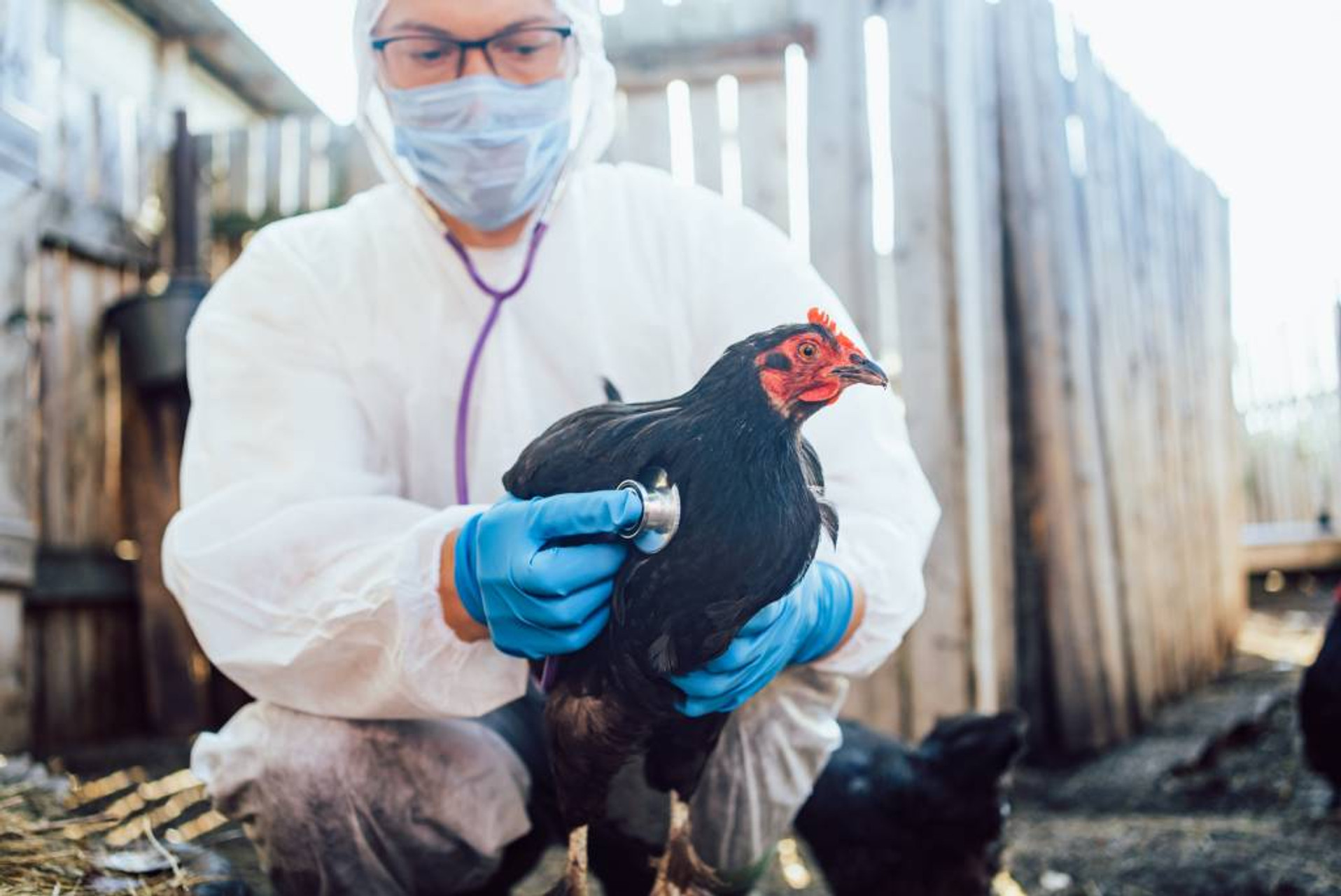7 Symptoms of Bird Flu to Look Out for in Backyard Chickens
TL;DR: The H5N1 bird flu outbreak is deadly and fast-spreading. Learn to spot early warning signs of avian influenza symptoms in chickens to protect your flock:
- Lethargy and loss of appetite
- Coughing, sneezing, or nasal discharge
- Swollen or purple comb and wattles
- Sudden drop in egg production
- Watery or discolored diarrhea
- Neurological symptoms like stumbling or twisted neck
- Sudden death or rapid flock mortality
With recent bird flu outbreaks affecting poultry across the country, recognizing bird flu symptoms in chickens is crucial. The current H5N1 avian influenza outbreak has devastated flocks in 47 states, resulting in the tragic loss of over 58 million birds.
By recognizing the warning signs of avian influenza symptoms in chickens, you can protect your flock from this pathogen. Read on to learn 7 symptoms of bird flu in chickens that backyard poultry owners should look out for.
1. Lethargy and Loss of Appetite
One of the first bird flu signs in chickens is often a sudden change in behavior. Your chickens might become unusually lethargic or weak. This lack of energy is a general sign that something is wrong. If one or more chickens in your flock seem lethargic, it could be an early symptom of bird flu.
2. Respiratory Distress (Coughing and Sneezing)
Respiratory symptoms are common with avian influenza. You might notice your chickens gasping for air or even wheezing. This might look like breathing with an open beak, similar to panting.
Chickens can also develop a runny nose with nasal discharge. You might also hear coughing and sneezing. These symptoms can be accompanied by swelling around the eyes. Likewise, take note of any crusty discharge blocking the chicken’s nostrils.
3. Swelling and Purple Discoloration of Comb and Wattles
A very common sign of H5N1 in chickens is an abnormal appearance of their combs and wattles. Along with swelling, the comb and wattles can turn purple or bluish. This is known as cyanosis and is caused by circulatory distress. These bird flu signs and symptoms in chickens should be taken very seriously.
4. Drop in Egg Production (or Abnormal Eggs)
Another early warning sign of bird flu is a sharp drop in egg production. Additionally, you might notice soft-shelled or misshapen eggs from hens that lay during infection. This is because sick hens divert energy from egg-laying to fight the virus.
5. Diarrhea
Avian influenza can upset a chicken’s digestive system. For example, you might notice watery, discolored diarrhea that is unusually messy. Diarrhea can cause dehydration, so provide sick birds with plenty of fresh water.
6. Neurological Signs (Stumbling or Twisted Neck)
H5N1 bird flu can sometimes affect a chicken’s nervous system. You might notice neurological symptoms such as loss of coordination or balance. One distinctive sign is torticollis, which is a twisted neck or head tilt.
7. Sudden Death and High Mortality
Unfortunately, sudden death can sometimes be the first (or only) sign of bird flu in a flock. Highly pathogenic strains like H5N1 can kill chickens very quickly. If you discover a hen or rooster has died overnight, consider it a warning and act quickly.
If you notice sudden death or other H5N1 symptoms in chickens, contact a veterinarian or agricultural extension immediately.
Can You Get Bird Flu from Eggs?
Human cases of H5N1 bird flu are rare, and the virus does not typically spread easily to people. The risk of catching avian influenza from eating eggs is extremely low. However, you must ensure the eggs are properly handled and cooked.
A Healthy Flock Starts with a Strong Foundation
Healthy birds start with informed care. Spot trouble early and build a stronger flock with our live birds and hatching eggs.

